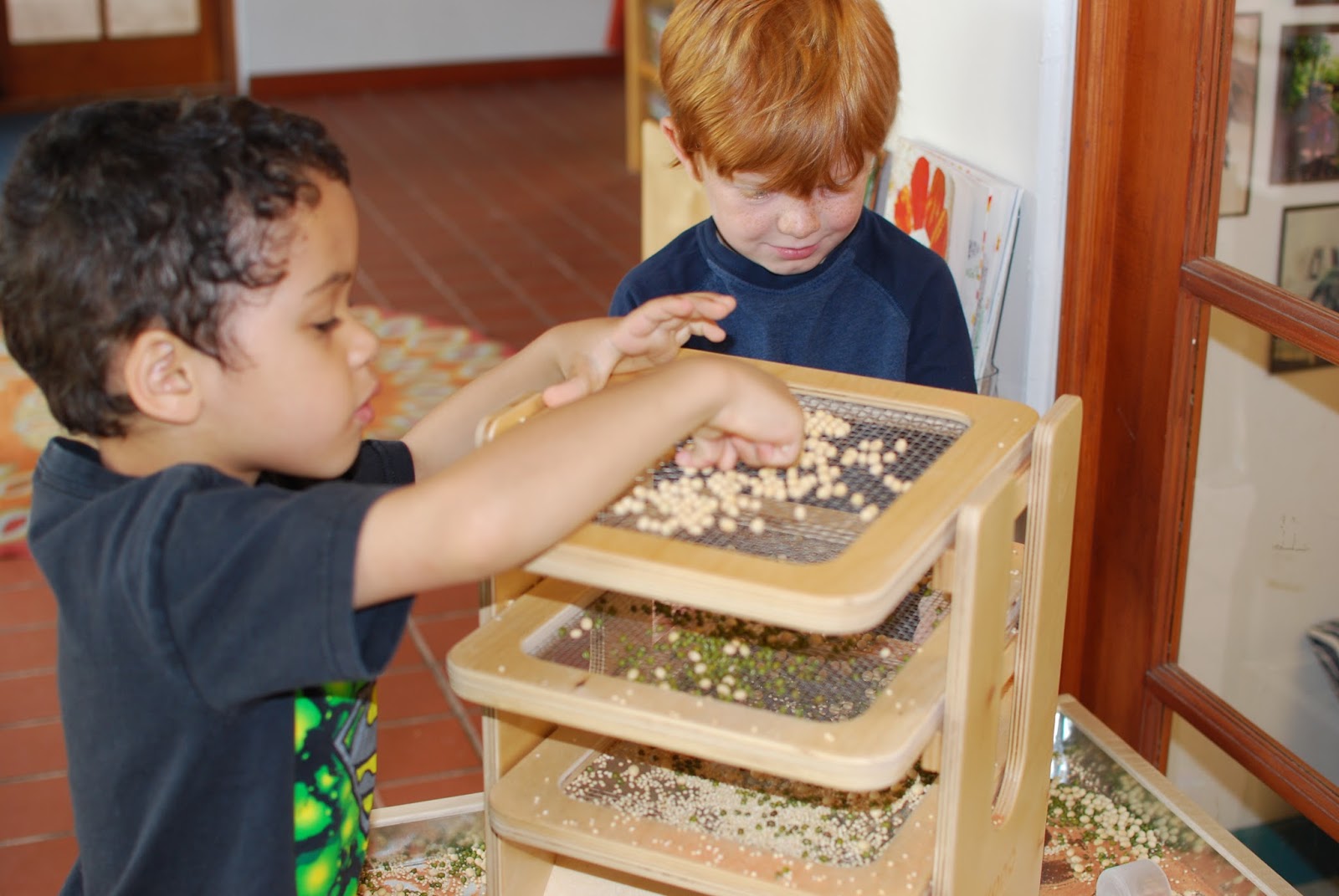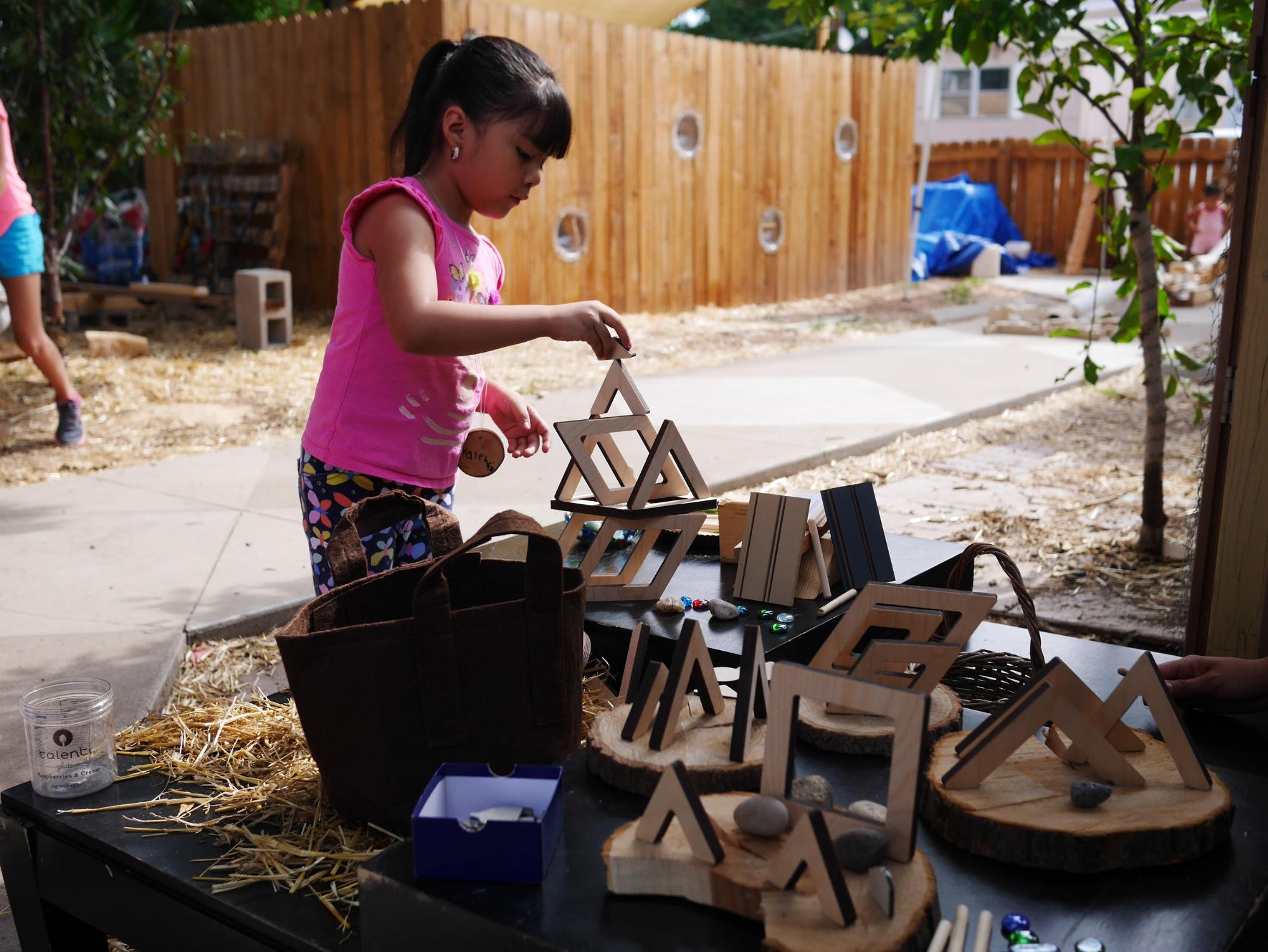If you ask a child where an apple comes from, it’s not surprising to hear them exclaim confidently, “from the supermarket”! Hamburgers come from McDonald’s and water comes from the faucet. It makes perfect sense. When the family needs more milk, a trip to the grocery store is planned. They’ve experienced something like this since birth, peering out from the car seat strapped to the shopping cart. Juice and cookies and broccoli are all neatly stocked in rows on shelves and transported home for consumption.
We may not think of this as a harmful train of thought. Quite frankly it is the reality for countless children, who would be perfectly prepared to stock their refrigerators using only this information when the time comes. But a bigger conversation is itching to be had. What are the benefits of extending the conversation further and speaking with children about food production?
Identification is often easy for children. They can grasp where food comes from, because they’ve seen it with their own eyes. Explaining the process that apples come from trees, which are grown in the dirt and start as a seed (that seed actually, the one in the middle of your apple!) can be an abstract conversation requiring illustrations and redundancy for growing minds to grasp. However, if we take children to the source of this process and let them explore an apple orchard, we begin to stir the educational pot, so to speak. The next time the child spies an apple in the supermarket they may be more likely to make a connection to their experience with seeds and planting from the classroom, resulting in a greater understanding of the food cycle as a whole.
Seeds are a unique tool for learning. Watching something grow not only demonstrates a natural process, but also fosters patience and nurturing. At Kodo, we like to use different kinds of seeds and beans for sensory play, sifting and sorting them according to size, type, and color as we investigate their properties. Once children become familiar with the material, feeling their weight and texture, the play can then easily transition to a discussion about food and growth. We always suggest that once seeds and beans are done being used in the sensory table, they get planted. Physically seeing the familiar seed material covered with soil and emerging as a little green shoot is, albeit a slow, but powerful experience! The child’s new conception about plant growth and a plant's life cycle can be integrated with the older information they have gleaned about similar types of produce seen on supermarket shelves.
Meat, processed foods, dairy, and other food categories of the like are all important discussions and investigations to have with children. Not only are we inviting more questions about why things are the way they are, encouraging creative and scientific minds, but we’re promoting a consciousness about the basics of economy in the generation that will one day sit at it’s helm.


Share:
#ILookLikeAnEngineer : How Preschool STEM Activities Can Change the Future
Where does food come from? An Investigation Inspiration